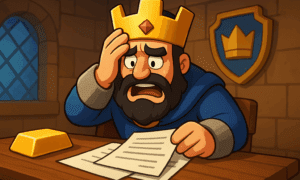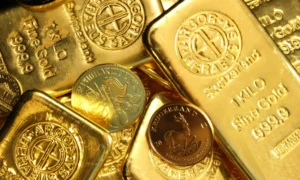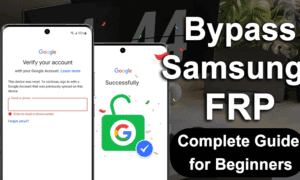You’re staring at that chunky gold chain in your jewelry box, or maybe even eyeing that gold bullion tucked away in your safe. The thought crosses your mind—should I cash in?
Before you rush to sell, hold up. Gold isn’t just any metal—it’s a high-value asset, and getting the best deal takes a little know-how. Whether you’re offloading old jewelry, coins, or bars, here are five essential tips to make sure you walk away with the most cash possible.
1. Find a Top-Dollar Gold Buyer
Rather than hopping from buyer to buyer, the smartest strategy is to find one trusted gold buyer who consistently offers fair prices. If you want to sell your gold for top dollar, look for a reputable dealer who:
- Provides transparent pricing and explains their valuation process
- Has strong customer reviews and a trusted reputation
- Uses calibrated scales and proper testing methods
- Offers straightforward terms with no hidden fees
2. Know Your Karats
Not all gold is the same, and purity plays a huge role in its value. Gold is measured in karats (K), with 24K being pure gold. Most jewelry and gold items contain a mix of gold and other metals for durability. Common purities include:
- 24K – 100% gold
- 22K – 91.6% gold
- 18K – 75% gold
- 14K – 58.3% gold
- 10K – 41.7% gold
Higher-karat gold is worth more, so don’t settle for an offer until you know your gold’s purity. Look for karat stamps on jewelry or get your gold tested at a reputable shop to determine its true value.
3. Weigh It Before They Do
Gold buyers determine their price based on weight, so knowing the exact weight of your gold before you sell can help prevent surprises. Gold is typically measured in:
- Grams (g) – Standard for jewelry transactions
- Troy ounces (ozt) – Used for bullion and investment gold (1 troy ounce = 31.1 grams)
- Pennyweights (dwt) – Another measurement used by some jewelers (1 pennyweight = 1.55 grams)
Weigh your gold at home with a digital scale for an estimate. If a dealer’s weight seems significantly off from your own, don’t hesitate to get a second opinion.
4. Scrap or Specialty? Classify Your Gold
Before selling your gold, it’s important to determine whether it’s scrap gold or collectible gold—because the difference could mean a lot more money in your pocket.
- Scrap gold refers to broken, outdated, or unwanted gold items that will likely be melted down and valued based only on their weight and purity. This includes broken jewelry, gold dental fillings, and old coins that are not rare.
- Collectible gold includes rare coins, vintage jewelry, and gold items with historical or artistic value. These can be worth significantly more than just their gold content. For example, an old gold coin may have a numismatic (collector) value that far exceeds its weight in gold.
Do not conflate the two. Scrap gold is meant for quick cash, collectibles aren’t.
5. Timing is Everything – Sell Smart, Not Fast
Gold prices fluctuate based on the economy, inflation, and market trends. If you’re not in urgent need of cash, waiting for the right time can increase your profits. Historically, gold prices tend to rise during economic uncertainty or stock market downturns.
Track gold price trends. If prices are expected to rise, holding onto your gold a little longer might be worth it. However, if prices are stable and you need cash, selling at a fair market rate is still a solid move.
Get Paid
Now that you know the secrets to selling gold for the highest value, don’t leave your gold alone or your wallet empty. Take action and turn your unwanted gold into cash!

































